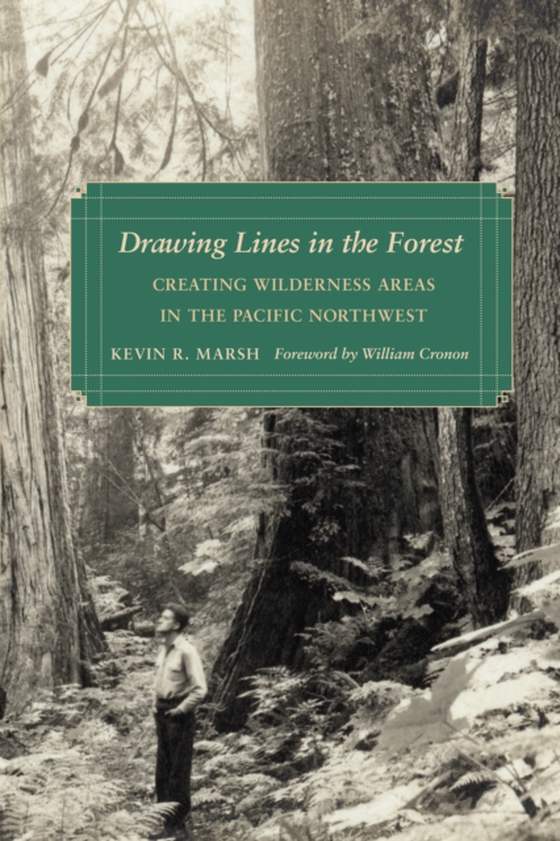
Drawing Lines in the Forest e-bog
316,26 DKK
(ekskl. moms 253,01 DKK)
Drawing boundaries around wilderness areas often serves a double purpose: protection of the land within the boundary and release of the land outside the boundary to resource extraction and other development. In Drawing Lines in the Forest, Kevin R. Marsh discusses the roles played by various groupsthe Forest Service, the timber industry, recreationists, and environmentalistsin arriving at these...
E-bog
316,26 DKK
Udgivet
23 november 2009
Længde
256 sider
Genrer
Historical geography
Sprog
English
Format
pdf
Beskyttelse
LCP
ISBN
9780295989860
Drawing boundaries around wilderness areas often serves a double purpose: protection of the land within the boundary and release of the land outside the boundary to resource extraction and other development. In Drawing Lines in the Forest, Kevin R. Marsh discusses the roles played by various groupsthe Forest Service, the timber industry, recreationists, and environmentalistsin arriving at these boundaries. He shows that pragmatic, rather than ideological, goals were often paramount, with all sides benefiting.After World War II, representatives of both logging and recreation use sought to draw boundaries that would serve to guarantee access to specific areas of public lands. The logging industry wanted to secure a guaranteed supply of timber, as an era of stewardship of the nation's public forests gave way to an emphasis on rapid extraction of timber resources. This spawned a grassroots preservationist movement that ultimately challenged the managerial power of the Forest Service. The Wilderness Act of 1964 provided an opportunity for groups on all sides to participate openly and effectively in the political process of defining wilderness boundaries.The often contentious debates over the creation of wilderness areas in the Cascade Mountains in Oregon and Washington represent the most significant stages in the national history of wilderness conservation since World War II: Three Sisters, North Cascades and Glacier Peak, Mount Jefferson, Alpine Lakes, French Pete, and the state-wide wilderness acts of 1984.
 Dansk
Dansk

